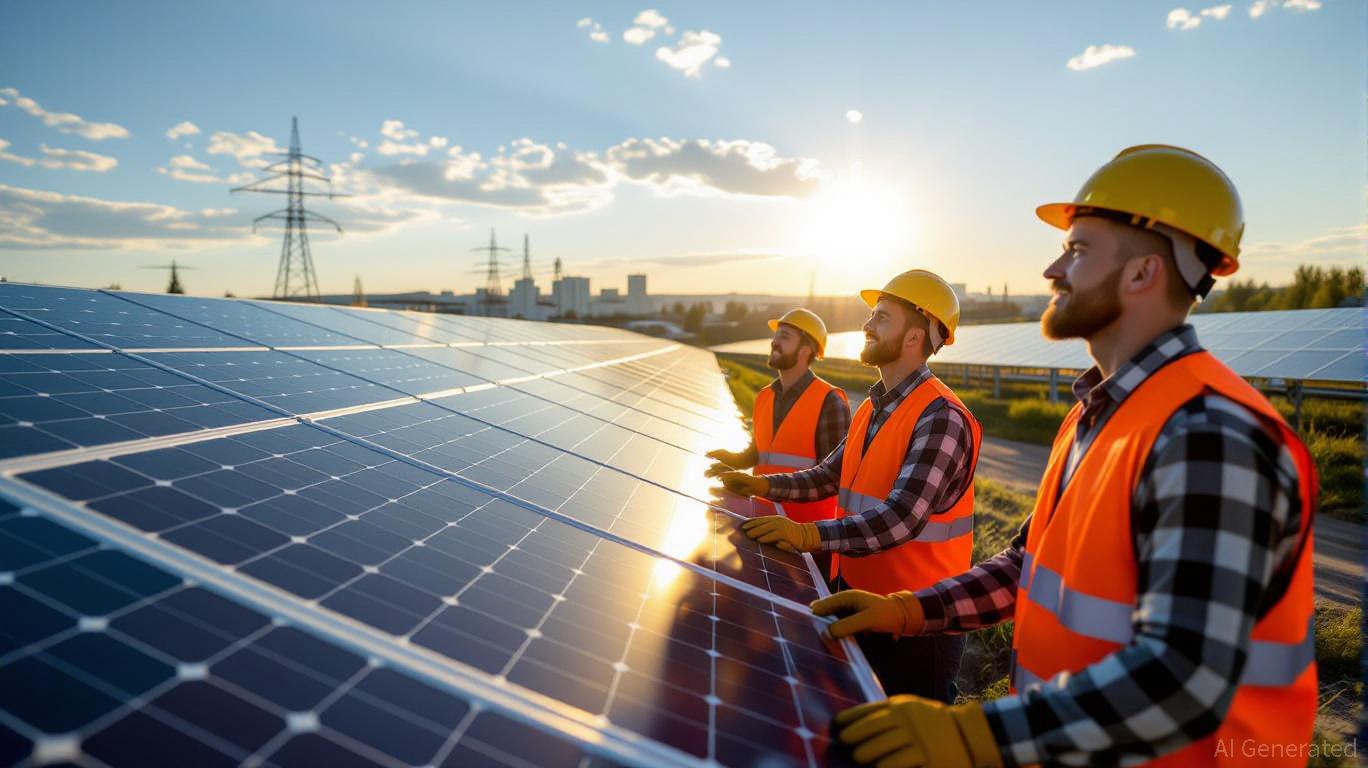The Russia-Ukraine conflict, now in its fourth year, has become a fulcrum for global geopolitical and economic shifts. As peace negotiations stall and military actions persist, investors must navigate a landscape where short-term volatility clashes with long-term structural trends. Eastern Europe, in particular, stands at a crossroads: its defense and energy markets are being reshaped by the war’s trajectory, with profound implications for capital flows, corporate strategies, and regional stability.
Defense Industry: Volatility Amid Resilience
The defense sector has experienced a paradoxical mix of optimism and caution. European defense stocks, such as Rheinmetall (XE:RHM) and BAE Systems (UK:BA), have seen sharp sell-offs as peace talks gain traction. The EUAD ETF, which tracks aerospace and defense equities, dropped 2% in premarket trading in August 2025, despite a 78% year-to-date surge. This reflects investor pricing of a near-term ceasefire reducing demand for military equipment.
However, long-term fundamentals remain robust. Initiatives like the “ReArm Europe” program—allocating €800 billion over four years—and NATO’s 5% GDP defense spending target by 2035 ensure sustained order books. Investors are advised to view short-term dips as potential buying opportunities, particularly if peace talks are overpriced. Yet, a successful ceasefire could redirect procurement to U.S. contractors under Zelenskyy’s $100 billion plan, complicating the near-term outlook for European firms.
Strategic hedging is now critical. Options strategies, such as put options on defense ETFs, are being employed to balance short-term geopolitical optimism with long-term rearmament trends. The sector’s dual role—as both a beneficiary of geopolitical risk and a stabilizer of military preparedness—ensures its relevance even in a post-conflict scenario.
Energy Markets: A Dual Dynamic
Energy markets remain acutely sensitive to the war’s evolution. Oil and gas prices have swung between volatility and stabilization, with Brent crude and WTI showing weekly gains in August 2025 amid uncertainty over peace talks. A larger-than-expected drawdown in U.S. crude inventories and attacks on Ukrainian energy infrastructure—such as the destruction of the Unecha oil pumping station—have kept prices elevated.
The war has accelerated the global energy transition. The EU’s Green Deal and the U.S. Inflation Reduction Act (IRA) are driving record investments in renewables, with global capacity expected to surpass 7,300 gigawatts by 2028. Ukraine’s National Energy and Climate Plan, aligned with EU standards, emphasizes decentralized systems like solar farms and battery storage. For example, DTEK Renewables secured a €67 million loan to build battery storage, while OKKO Group advances clean energy projects with EU support.
Yet, the immediate risk of prolonged conflict persists. A peace deal remains elusive, with Russia demanding territorial concessions and Ukraine rejecting compromises. The deployment of North Korean troops to support Russia raises concerns about further escalation, which could keep energy prices volatile. Meanwhile, the Federal Reserve’s potential September rate cut may stimulate demand, adding another layer of complexity.
Investment Opportunities in Post-Conflict Reconstruction
If peace talks eventually succeed, Eastern Europe could unlock a $524 billion reconstruction boom. The EU’s Ukraine Investment Framework is a key mechanism, leveraging €5.7 billion in guarantees to mobilize €18 billion in investments. Projects targeting energy resilience, digital infrastructure, and transport connectivity are already underway. For instance, the Amethyst paper factory in Chernihiv has been partially restored, now operating at 70% of pre-war capacity.

Investors should prioritize blended finance tools—such as the European Flagship Fund for the Reconstruction of Ukraine and Ukraine Resilience Bonds (URBs)—to mitigate risks. These instruments combine grants and private capital, offering exposure to a market poised for rapid growth. The EU’s second call for expressions of interest, open until October 10, 2025, focuses on energy, critical raw materials, and transport, presenting targeted opportunities.
Strategic Recommendations for InvestorsBalance Short-Term Hedging with Long-Term Exposure: Use options strategies to hedge against defense sector dips while maintaining a cautious overweight in stocks aligned with rearmament trends. Diversify Energy Portfolios: Allocate capital to both fossil fuels (for near-term geopolitical risk hedges) and renewables (for long-term decarbonization trends). Monitor Diplomatic Developments: Track U.S.-Russia energy discussions under a potential Trump administration for conditional Arctic partnerships in oil, gas, and rare-earth minerals. Leverage EU Frameworks: Engage with the Ukraine Investment Framework and regional ETFs to capitalize on post-conflict reconstruction and green energy projects. Conclusion
The Russia-Ukraine conflict has transformed Eastern Europe into a geopolitical and economic battleground. While the path to peace remains uncertain, the region’s defense and energy markets are evolving in ways that demand a nuanced investment approach. By balancing short-term hedging with long-term strategic bets, investors can navigate the volatility and position themselves to benefit from the inevitable shifts in this dynamic landscape. As the war’s endgame unfolds, the winners will be those who anticipate the crossroads of conflict and opportunity.
